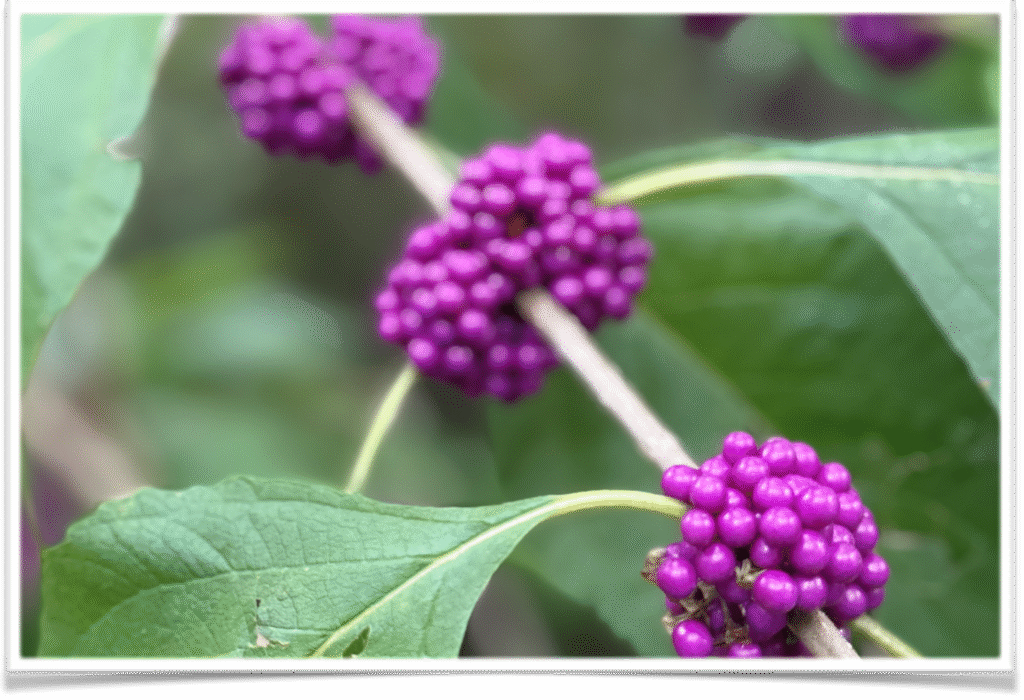By Connie Doyle
The first day of fall — the autumnal equinox — arrived on Monday, Sept. 22. With it comes a welcome drop in temperature. As plants slow their growth, we begin to enjoy not only the relief of cooler weather, but also the excitement of planting bright, colorful winter annuals.
Some favorites that thrive in cooler temperatures include alyssum, baby’s breath, calendula, geranium, pansy, petunia, snapdragon, verbena and viola.
If you are looking to add a tree that offers beautiful fall color, consider bald cypress, one of the earliest to show seasonal change. Other good options are Florida maple, black gum, crepe myrtles and sweetgum.
Ever wonder why leaves change color? It’s not just about chilly nights. The real trigger is the shortening of the days, which means less sunlight. This shift reduces the amount of chlorophyll in the leaves, leading to chemical changes that reveal the brilliant reds, oranges, and yellows we associate with autumn.
So, as the days grow shorter and cooler, take time to enjoy the natural beauty of the season — and maybe add a few new fall favorites to your garden.
October to-do list
As lawns and gardens begin to slow their growth and prepare for dormancy, October is the perfect month to get ahead on maintenance. Here are a few tips to keep your lawn and garden healthy through fall and ready to thrive in spring:
Lawn care: Apply pre-emergence herbicides before winter weeds appear. Best applied when nighttime temperatures are 55 – 60 degrees for four to five days.
Early October is the last time to fertilize the lawn. Use a fertilizer with little or no phosphorus (unless a soil test indicates otherwise). A controlled-release nitrogen fertilizer will give longer-lasting results. Avoid weed and feed fertilizer for best results.
General garden cleanup: Remove old, dead, or diseased plants and branches.

Clean up weeds.
Enrich the soil with organic matter and mulch to retain moisture.
Prepare for potential frost or freezes with row covers or frost blankets.
Plant spotlight: American beautyberry
Callicarpa americana is a native Florida shrub that thrives in zones 7a to 10b. It does best in partial shade with well-drained soil that is acidic to slightly alkaline. Known for its striking purple berries, it adds beauty and wildlife interest to fall gardens.
Remember: There are no gardening mistakes, only experiments.
Connie Doyle writes The Good Earth, a gardening column inspired by a lifelong passion for plants, nature, and the peaceful rhythm of the garden. With more time in retirement, she has been inspired to take that passion to the next level — learning, growing, and sharing with others in our community by way of earning her M



